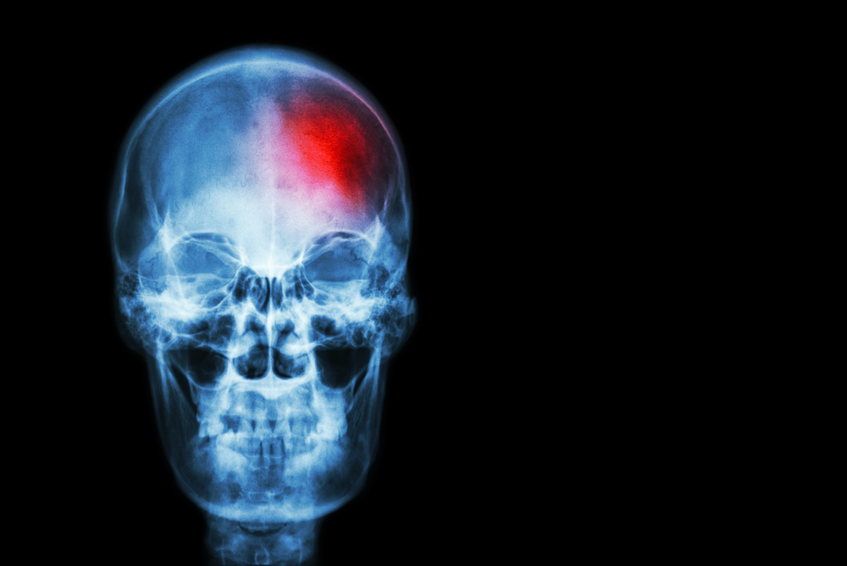
Life choices like a balanced diet, regular exercise, and daily medication are often made in order to avoid diseases and medical conditions — such as strokes. However, there are different degrees of a stroke that can be experienced by a person. Mini-strokes occur quite often in people over the age of 40, but what exactly are they?
What is a Mini-Stroke?
A mini-stroke, or Transient Ischemic Attack (TIA), can occur out of nowhere when the brain doesn’t receive proper blood flow. At first, there is no clear answer whether a person has suffered a real stroke or a mini-stroke. After 24 hours, a mini-stroke will no longer have stroke-like symptoms. However, anyone who has a mini-stroke should consult a doctor immediately.
Symptoms
The symptoms of a mini-stroke can last as little as a minute and will be non-existent after 24 hours. A person experiencing a TIA will have trouble speaking, one eye will become blurry, limbs can become numb, and a sudden dizziness or weakness can take over your body. Since you will not know if this is a stroke or a mini-stroke, call 911 or have someone take you to the emergency room immediately. But what if the person who experienced the stroke is unaware? The following symptoms are ones you can watch for, which can indicate if a loved one has experienced a TIA.
Unclear Communication
The most common sign of a stroke is slurred speech. This remains true for mini strokes, however, this will only last for a few hours. Not only is speaking difficult, but understanding the information can be a challenge too. Yes, memory and cognitive abilities can worsen as you age, but a sudden drop off within a day could be a sign of a stroke.
Complaining About Aches and Pains
A person can have a mini stroke without even realizing it themselves. If this person seems to be complaining about a stiff neck, blurred vision, and intense headaches, bring them to the doctor ASAP. These symptoms don’t have to be overly intense when it comes to having a mini stroke.
Randomly Appearing Bruises and Scrapes
A person that has just experienced a fall won’t always broadcast this to the world. Falls can occur for multiple reasons — a type of stroke can be one of them. If you happen to notice any random bruises or scrapes on your elderly loved one, ask them about it and see if they are displaying any symptoms of a mini stroke.
Risk Factors & Prevention
The number one cause of mini-strokes (and regular strokes) is high blood pressure. Blood pressure should always be monitored and maintained with help from diet, exercise, and medication. Other risk factors include high cholesterol, diabetes, smoking, and obesity. To prevent all types of strokes you should monitor your blood pressure, exercise regularly, eat a balanced diet, quit smoking, and reduce your sodium, fat & cholesterol intake.
Mini-strokes might not be actual strokes, but 1 in 3 people who have them will eventually have a real one. For other useful tips and information, visit our blog! If you’re interested in learning more, or visiting The Arbors Assisted Living community, schedule a tour by contacting one of our five convenient locations:
Bohemia
Hauppauge
Islandia East
Islandia West
Westbury